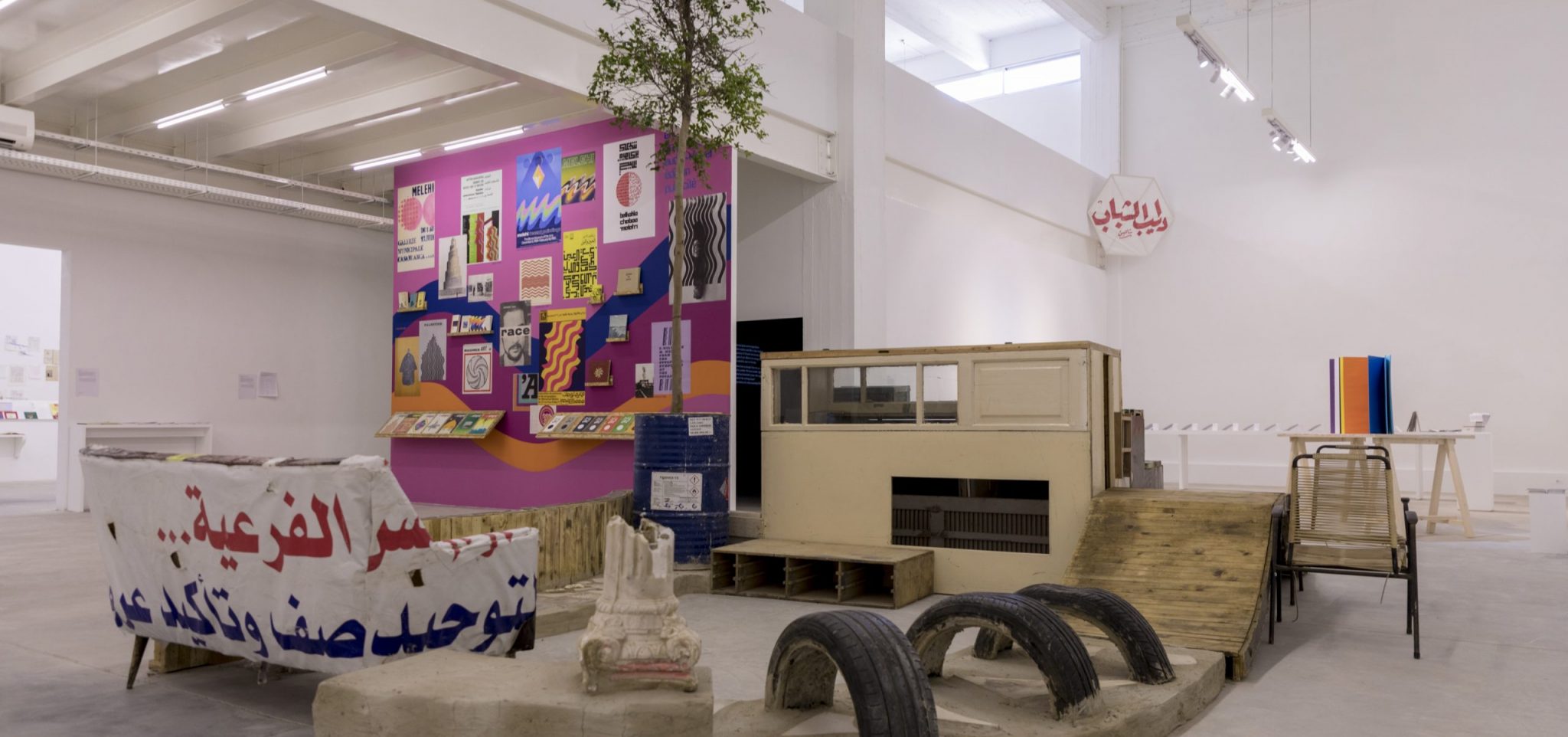In the hands of artists, the innocent ‘How-to’ instruction manual has become a means of smuggling subversive ideas across the Arab world
The Kayfa ta logo is a sketch of a Trojan horse being pulled by two tiny figures. It is an apt metaphor for this independent publishing initiative, established and edited by artists/curators Maha Maamoun and Ala Younis (based in Cairo and Amman, respectively), which uses the seemingly practical ‘How-to’ manuals to smuggle unexpected ideas to their readers. According to the editors, these cheap, pocket-size publications are intended to ‘respond to some of today’s perceived needs; be they the development of skills, tools, thoughts or sensibilities’. However, a quick glance at titles in the series reveals a mischievous subversion of the genre. How to disappear; How to imitate the sound of the shore using two hands and a carpet; How to know what’s really happening; How to Mend: On Motherhood and its Ghosts; How to spell the fight; How to love a homeland: the skill-set being disseminated is somewhat ambiguous. The seductive titles resist the transparency usually associated with these kinds of instructive manuals, playfully withholding and protecting the true nature of the knowledge being shared.
Founded in 2012, Kayfa ta is the product of a crucial moment in the Arab world’s history; in the wake of the Arab Spring, questions about how to move forward, how to shape a future, a society, a government, a country, were all-consuming. In the din of this moment and its aftermath, these monographs offer a quieter space for reflection – perhaps the space of unseen listening that Haytham El-Wardany privileges in the series’ inaugural text – and a way to consider the most urgent political challenges away from the doggedness of ideological grandstanding, all too common at that time. This too was a moment where the viability of traditional, physical art spaces in the region was becoming questionable due to precarious funding structures and increased political repression.

Movement and mobility are therefore crucial aspects of Kayfa ta’s vision; the 9.6 × 14.8 cm publications are portable, affordable and accessible, ensuring their ability to travel far and wide, bridging both geographical and disciplinary boundaries, connecting literary and artistic circles. The insistence on translation – each text is eventually produced in both Arabic and English editions – is also part of the platform’s community-building vision; Arabic readers are introduced to writers outside the region and vice versa. There is a fluidity to Kayfa ta’s texts, in terms of genre, form and subject matter; individually and collectively they defy easy categorisation, moving between the personal and the political, the theoretical and the practical, blurring the lines between fiction and nonfiction, poetry and prose.

Shapeshifting as a means of survival seems to be an essential quality of the Kayfa ta platform. Maamoun and Younis, whose own artistic practices are research-based, have both worked extensively as curators and programmers. It is therefore not surprising that Kayfa ta has been expanding in recent years to include exhibitions, as they explore the possibilities of publishing as an artistic medium and curatorial practice. Reflecting on the circulation and distribution challenges they have faced as independent publishers, Maamoun and Younis have curated two exhibitions – How to reappear: Through the quivering leaves of independent publishing (Beirut Art Center, 2019; MMAG Foundation, Amman, 2020) and How to maneuver: Shape-shifting texts and other publishing tactics (Warehouse 421, Abu Dhabi, 2019) – in which they begin to trace some of the forgotten histories of independent publishing in the Arab world, particularly forms that have been rejected or marginalised by mainstream publishing, whether because of politics or profit. By turning to historical examples, the exhibitions considered possible strategies for circumventing the current market-driven restrictions enforced by powerful publishing regimes. Kayfa ta also co-produced the Arabic edition of no-ISBN: On Self-Publishing, originally published in 2015 by Salon für Kunstbuch and edited by Bernhard Cella et al, which catalogues 1,800 recent independent international publications – including handmade books, zines, manifestos – that have circulated worldwide outside of the global book trade, without an ISBN, producing a parallel, alternative publishing history that is closely intertwined with the development of the artist’s book. Their most recent exhibition, How to find meaning in dead time, which ran at Savvy Contemporary in Berlin last year, turned to the archive as a site of potential and agency. The exhibition collects different records of undocumented ‘dead time’, moments that have in one way or another escaped the archive, some ignored, others intentionally withheld. Like the pocket-size publications, Kayfa ta’s curatorial experiments are invested in exploring modes and moments of collaboration and collective thinking.
